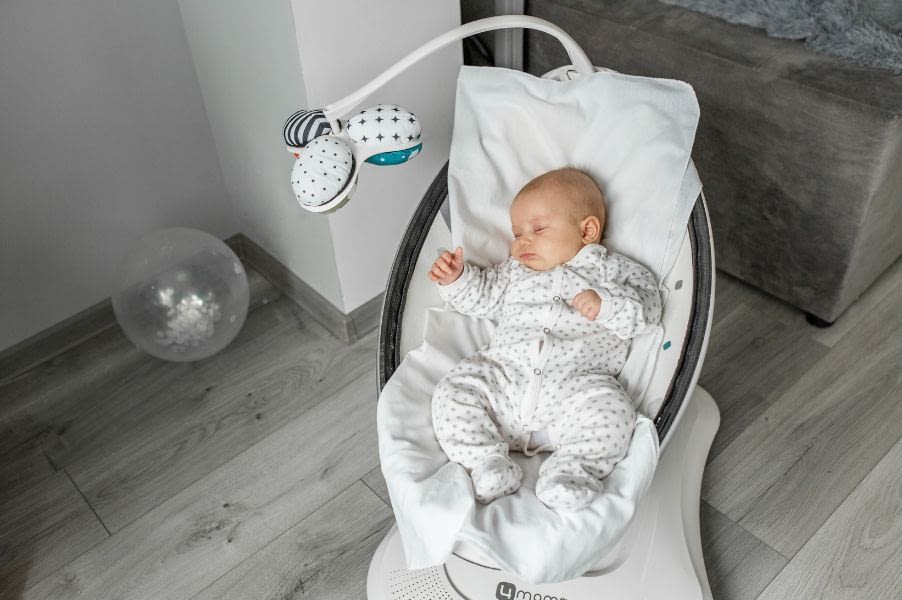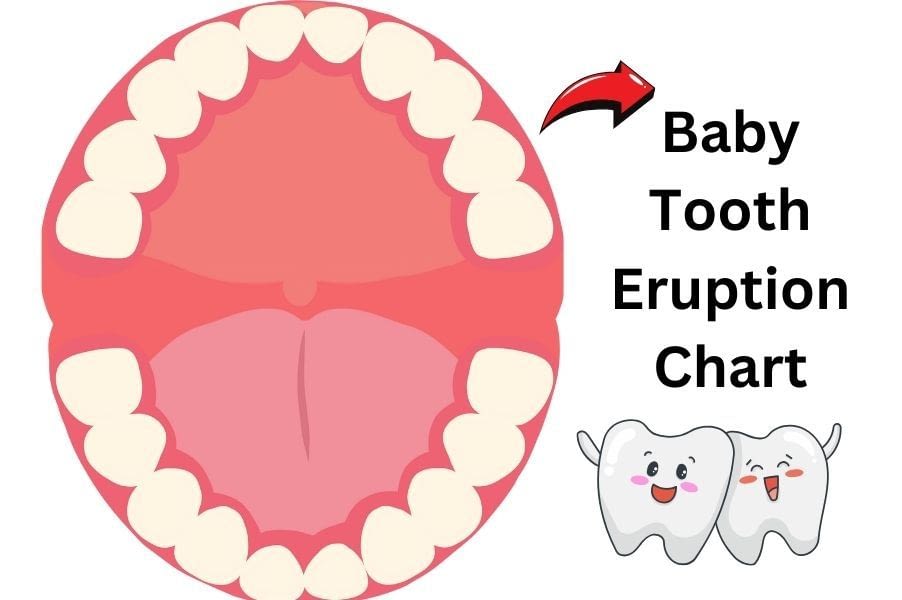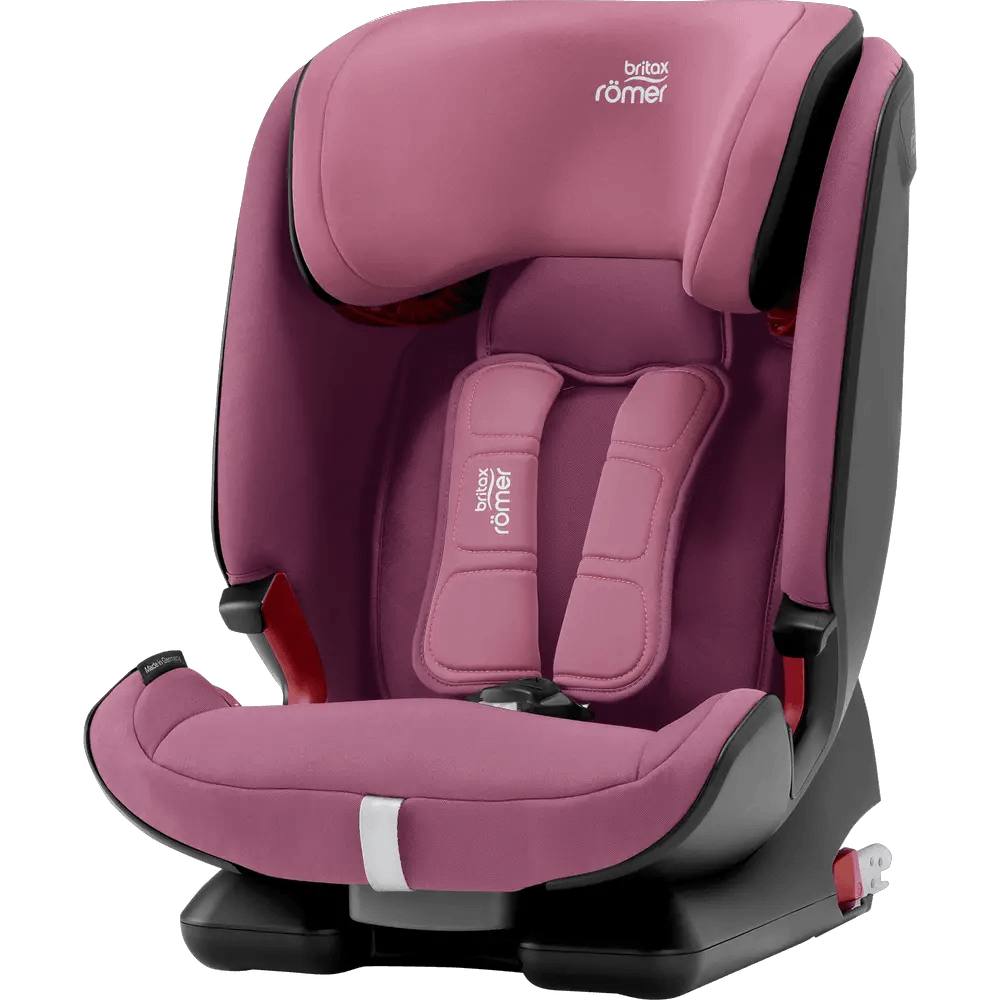As new parents traverse the parenthood journey, their baby’s comfort and safety are paramount. One topic that often arises is using a baby swing – an apparatus that promises tranquility for both the child and caregivers.
But with safety guidelines and developmental milestones to consider, parents must discern when to phase out its usage. This comprehensive guide will delve deeply into baby swings, safety precautions, and when to stop using a baby swing.
When to stop using a baby swing?
Welcoming a newborn into the world is a magnificent and overwhelming experience. Ensuring your little bundle’s safety, health, and well-being is now your top priority. This responsibility includes understanding when certain baby products are suitable and when they should be retired. Baby swings often become a treasured part of your arsenal, soothing fussy infants and granting parents a momentary reprieve. However, they are not meant for permanent or long-term use.
Understanding Baby Swings
Baby swings provide a snug and comforting environment miming the rhythmic rocking motion babies crave, akin to the swaying they experienced in the womb. These devices often come with various settings, from gentle rocking to more pronounced swinging, with some models featuring music, vibrations, or hanging toys for additional stimulation.
Benefits of Using a Baby Swing
Why do parents and caregivers turn to baby swings? They offer numerous advantages:
- Soothing: The gentle motion can calm a crying baby, helping them feel secure.
- Convenience: Swings allow caregivers to take a moment while the baby is safely entertained.
- Sleep Aid: Some infants fall asleep more efficiently in a swing due to its relaxing movement.
- Stimulation: The toys and music can engage the baby and facilitate sensory development.
However, these benefits should always be observed with restraint and mindfulness of the baby’s development and safety.
How long can a baby be in a swing?
Pediatric experts typically recommend that babies spend no more than an hour in their baby swing. Prolonged periods could hinder their development, particularly when it comes to motor skills like crawling and exploration, which require freedom of movement.
Overreliance on swings for soothing sleep might also lead to long-term sleep training challenges. Thus, balancing time in the swing with other forms of physical interaction and engagement is crucial. Constantly monitor your baby closely while using the swing and ensure their time is interspersed with regular breaks and varied types of activity.
Safety Guidelines for Using a Baby Swing
It’s vital to adhere to the following safety measures when using a baby swing:
- Supervision: It is important never to leave your baby unattended while they are in a swing. This means that you should always be present and watch your baby while they are using the swing.
- Proper Usage: Follow the manufacturer’s guidelines for weight and age limits.
- Positioning: Ensure the baby is securely harnessed and the swing is on a flat surface.
- Duration: Limit the time your baby spends in a swing. Prolonged periods can impact your baby’s soft skull shape and contribute to flat head syndrome if overused.
Signs: When do babies outgrow swings?
Several cues signal it’s time to transition out of the baby swing:
- Exceeding the Weight Limit: Most swings have a weight limit that, when reached, can make the swing’s operation unsafe.
- Attempting to Climb Out: If your baby is becoming more mobile and trying to climb out of the swing, it’s time to stop using it.
- Disinterest: Some babies will naturally lose interest in the swing and may appear bored or dissatisfied.
- Age Limit: By a certain age, usually around 9 months, the swing should no longer be part of the routine as the baby becomes more active.
Transitioning from a Baby Swing
Weaning your baby off the swing involves patience and consistency. Here are a few tips to ease the transition:
- Gradual Reduction: Slowly decrease your baby’s time in the swing each day.
- Comfort Alternatives: Introduce other soothing methods, like rocking in your arms or a stationary bouncer.
- Sleep Training: Begin sleep training techniques to transition your baby into a crib or bed during naptimes.
- Consistent Routine: Establishing a consistent bedtime routine can aid in helping your baby adapt to new sleep arrangements.
Alternative Sleep Options for Babies
When phasing out the baby swing, these alternative sleep options can provide safe and comforting environments for your little one to rest or play:
- Cribs: Always ensure the crib meets current safety standards and use a firm mattress with a fitted sheet.
- Bassinets: These are great for newborns and can be placed closer to your bed for more accessible nighttime care.
- Co-Sleeping Attachments: Co-sleeping apparatus can provide safe proximity while maintaining a separate sleeping surface for your baby.
As you consider transitioning from a baby swing to other sleep solutions, it is imperative to be mindful of two crucial factors: the weight limit for the baby swing and the baby swing age limit.

Adhering to the weight limit for baby swing
Each swing is designed to support a maximum weight, and it is essential for the safety of your child that you adhere to this limit. Exceeding the weight limit could damage the swing and significantly increase the risk of accidents, as the structure may not safely support a heavier baby. Check the manufacturer’s specifications for the weight limit for your child’s well-being, and refrain from using the swing once your baby approaches this threshold.
Recognizing the Baby Swing Age Limit
Similarly, the age limit for a baby swing is a vital aspect to consider. Generally, by around 9 months of age, babies should be transitioning out of the swing. This is usually when they become more active, may begin to sit up unassisted, and attempt to climb out of the swing, which can pose a significant safety risk. It’s essential to recognize these developmental milestones and prioritize your baby’s safety by discontinuing the use of the swing.
In conclusion, monitoring the baby’s weight and age and the limitations of the baby swing are essential practices for ensuring their safety and well-being. As tempting as it may be to continue using the baby swing for its soothing benefits, it is vital to transition to safer sleep options as your baby grows.
By staying informed and observing these guidelines, you can make well-informed decisions about your baby’s sleep arrangements, always prioritizing safety and comfort.
Understanding Specific Baby Swing Limits
When considering baby swings, it is essential to familiarize oneself with various popular models’ age and weight restrictions to ensure your infant’s safety and comfort.
Fisher-Price Baby Swing Age Limit
The Fisher-Price baby swings are generally designed for use from birth until the infant begins to climb out or reaches the weight limit. It’s important to check the age recommendation for the specific model, as many are only suitable for babies up to around 6 months old.
Weight Limit for Ingenuity Swing
Ingenuity baby swings offer a range of models with varying weight limits. Typically, these swings can support babies from birth up to 20 pounds. It is crucial always to refer to the individual swing model’s manual for precise limitations.
Graco Baby Swing Age and Weight Limit
Graco baby swings like the Graco Simple Sway Swing are designed for use from birth until around 9-12 months, depending on the baby’s development, with a weight limit generally up to 30 pounds.
Snugapuppy Swing Weight Limit
The Fisher-Price My Little Snugapuppy Cradle’ n Swing, a popular choice among parents, typically holds babies from birth until they reach 25 pounds or become active enough to climb out. Always check the brand’s user guide for exact specifications.
Graco Simple Sway Swing Weight Limit
The Graco Simple Sway Swing is designed to cradle your baby safely, with a recommended weight limit of between 5.5 to 30 pounds, typically around the first year of a baby’s life. Exact age suitability should be confirmed with the product details for safety.
Little Tikes Swing Weight Limit
Little Tikes baby swings are durable and typically feature a weight limit of up to 50 pounds, making them suitable for older infants and toddlers. Despite the higher weight tolerance, be vigilant for signs that your child has outgrown the swing.
4moms MamaRoo Minimum Weight Limit
The 4moms MamaRoo is another high-tech option suitable for babies from birth until they reach 25 pounds or can sit up unassisted, whichever comes first. As much a developmental milestone as a safety consideration, the age limit ensures your baby’s well-being.
Parents should always consult the user manuals of their specific baby swing models and heed the manufacturers’ age and weight recommendations. By doing so, you can enjoy the benefits of these products while maintaining a safe environment for your child.
Conclusion: When to stop using baby swing
The journey from a baby swing to the crib is a significant milestone in your baby’s early life. Embrace each phase as a learning experience for you and your child, reinforcing your parental instincts and nurturing your baby’s burgeoning independence.
Remember that prioritizing safety and comfort while fostering growth is the ultimate parenting goal. As you ponder the best timing for transitioning from baby swing to other sleep solutions, consider these guidelines with the understanding that each child is unique and develops at their own pace.
Parents Also Ask
When to stop using baby bouncers?
It’s time to stop using a baby bouncer when your child can sit up on their own, usually around 6 months, to avoid any risk of falling or climbing out.
How long can baby use Graco swing?
Babies typically outgrow Graco swings by the time they are 9-12 months old or reach the weight limit, whichever comes first.
How long can baby use Ingenuity swing?
According to the specific model’s guidelines, ingenuity swings are suitable for use until your baby is around 6 months of age or when it weighs 20 pounds.
When can you put baby in Graco swing?
You can start putting your baby in a Graco swing from birth if they fit securely and comply with the swing’s minimum weight requirement.
1 Visit today





